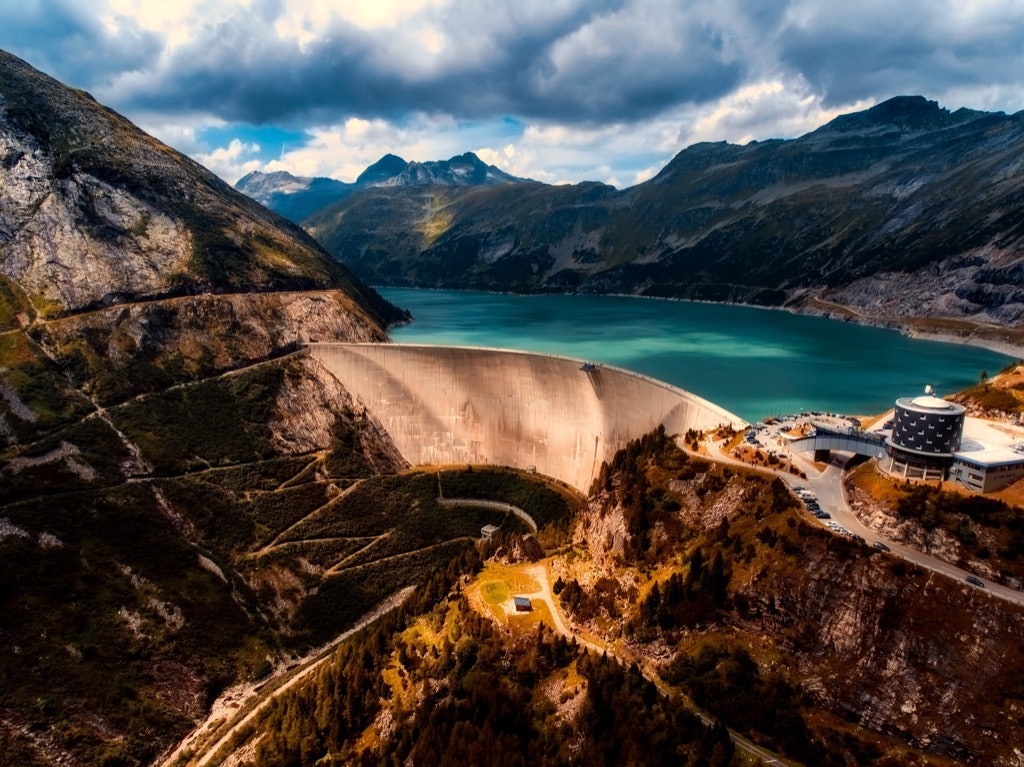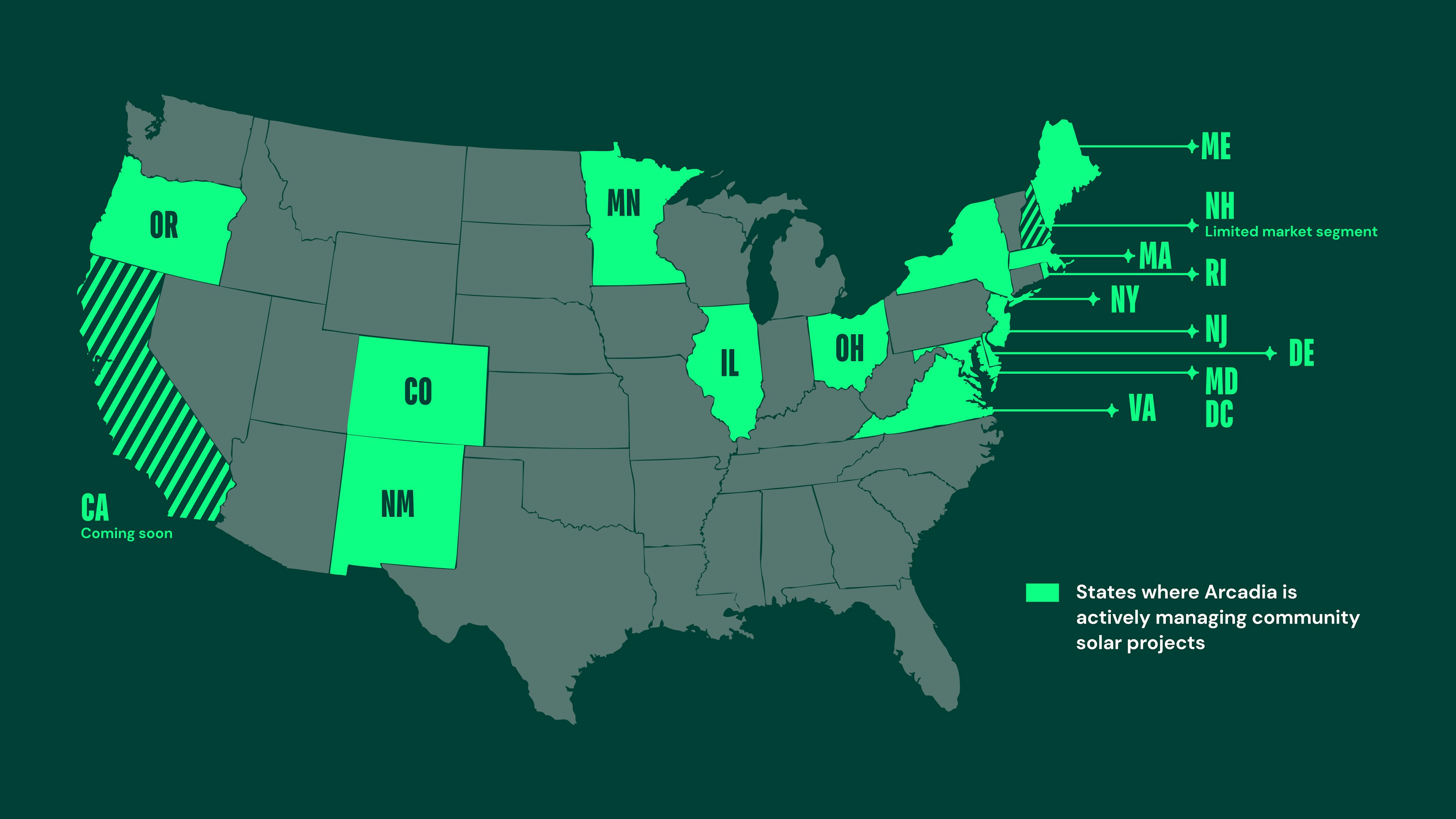The Pros and Cons of Dams

Dams are some of the most impressive and well-noticed aspects of modern infrastructure. Throughout history, dams have played an important role in the growth and expansion of civilization. Many ancient city planners relied on dams to funnel water through their cities even if it was far away, while military leaders used dams to alter the terrain that they planned to fight on. However, their existence is contentious.
Floodwaters can provide valuable nutrients to the soil and easily replenish water supplies, but can also destroy homes and property if not properly controlled. As a result, dams are constructed to store water and control the amount of water moving down a stream or river.
When President Franklin Roosevelt opened the Hoover Dam in 1935, he remarked how “I came, I saw and I was conquered.” The Hoover Dam was the largest concrete structure on the planet at the time. In the following decades, nations like Pakistan, India, Spain and Switzerland constructed dams. Currently, the Nurek Dam in Tajikistan is the largest in the world.
Today, dams like the Hoover Dam, or the Three Gorges Dam in China, are used to create electricity, or facilitate water for irrigation and flood prevention. China currently holds the record for the most dams, according to the Economist.
Keep reading below for a comprehensive list of the pros and cons of dams:
Pros of dams
Hydroelectric power:
One of the most beneficial aspects of dams is the potential to create hydroelectric power. Hydroelectric power is created when water passes through a dam via a turbine. Hydroelectricity is one of the most studied forms of alternative energy, as it is relatively reliable and stable, and most hydroelectric power plants have low maintenance and operational costs. According to FEMA, hydroelectric power currently amounts to 8 to 12 percent of current electricity needs, and overall creates about 100,000 megawatts of electricity.
Controlling waterways:
Flooding can be disastrous for many communities, especially if nearby water resources are hard to control. Dams are able to re-divert waterways to other areas to keep communities safe or open up more land to build on. Flood control dams specifically mitigate floodwaters by impounding water and then safely diverting the water towards other places.
Great source of irrigation:
The presence of a dam creates a reservoir that can be used as a great source of water, specifically for farm and industrial activities. Dams have been used for centuries for irrigation. The Aswan High Dam in Egypt gives local farmers protection against the harsh droughts and famines of the desert by controlling the water supply of the mighty Nile river. FEMA says about 10% of cropland in the United States is irrigated by dam water.
Environmental Protection:
Some dams help protect the environment by trapping hazardous materials in water and capturing sediment that could contain harmful or toxic substances. Some dams also have mine tailing impoundments, which help facilitate the processing of minerals in an environmentally friendly way. FEMA says dams also help facilitate the nation’s waterways, making river transportation seamless and easy, and reducing the risk of water-borne accidents or other problems, which could negatively affect the environment.
Cons of dams
Risk of sediment buildup:
When water rushes through a dam and its internal turbines, it can create a great spot for sediment layers to be trapped and congregate, which then can pollute the water and disrupt the ecology of the water environment.
Damaging to environment:
Rushing floodwaters replenish the nutrients in the soil in water, which is beneficial to all plant and animal life in rivers and other waterways. When water is diverted due to a dam, it can greatly disrupt the delicate natural ecosystem. Some flora and fauna are able to adapt to the changing conditions, but many will not, and could be destroyed in the new environment. After the Aswan High Dam in Egypt was built, scientists noticed a marked decline in fish production around the area, as the amount of nutrients and food was now less than before the dam. Fish ladders have been build at some dams to help fish migrate, but some are not able to use the ladder properly, especially if they are used to fast-moving water.
Erosion of surrounding soil:
After the construction of many dams, erosion of the surrounding land has been noticed. The large reservoir at China’s Three Gorges Dam has eroded nearby shoreline, which has led to landslides along the side of the reservoir. The Nile Delta has experienced erosion due to the reduction of sediment after the construction of the Aswan High Dam. Much of the sediment has fallen into the reservoir, which means there is less land around to farm and work on.
High Cost & Risk for Disaster:
The cost of building a dam often reaches astronomical levels. The engineering and technical aspects, along with the actual construction, is a time intensive and laborious process that has to be done with absolute precision. China’s Three Gorges Dam was built in an area with seismic activity, and small cracks have already been found in the infrastructure. A dam collapse or break would be an absolute catastrophe, especially from one the size of the Three Gorges Dam. After Hurricane Harvey hit Texas, dams in the Houston area were pushed to their limit by massive floodwaters.
According to the Texas Observer, worries are that water could overflow from some of the dam’s spillways, and not be controlled. If a dam were to be removed, rivers and other waterways would most likely try to reclaim its old channel, which means that expensive river training structures, like bank protection and bendway weirs, would have to be deployed in order to keep the river on a certain path. This is often hard to do and relies on the accuracy of hydraulic modeling studies and other advanced analytics.
It can be hard to imagine what civilization would be like without the presence of dams to control waterways and build reservoirs of water. Even though dams are a major part of modern infrastructure, their positives and negatives on society and the environment are still being studied.


